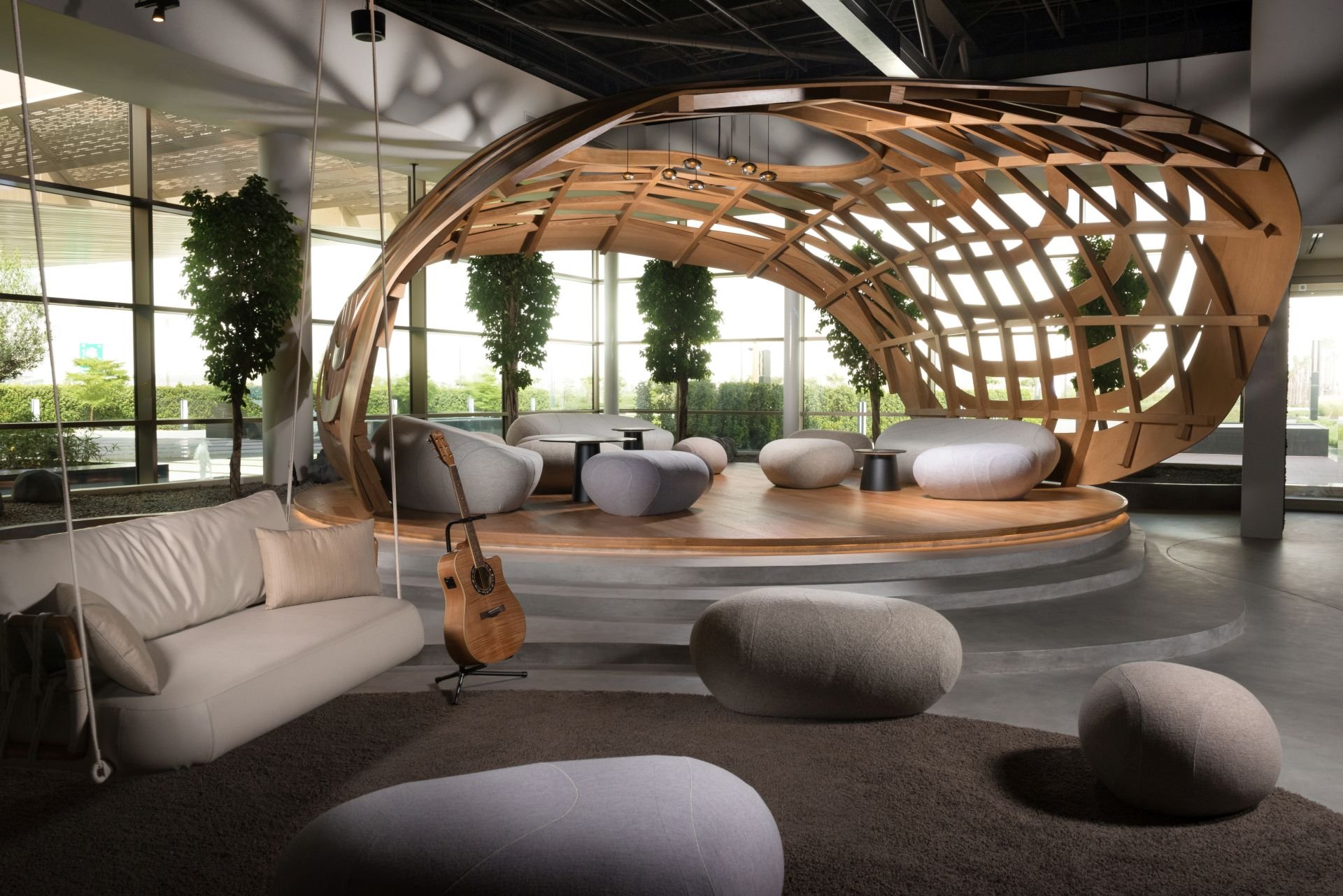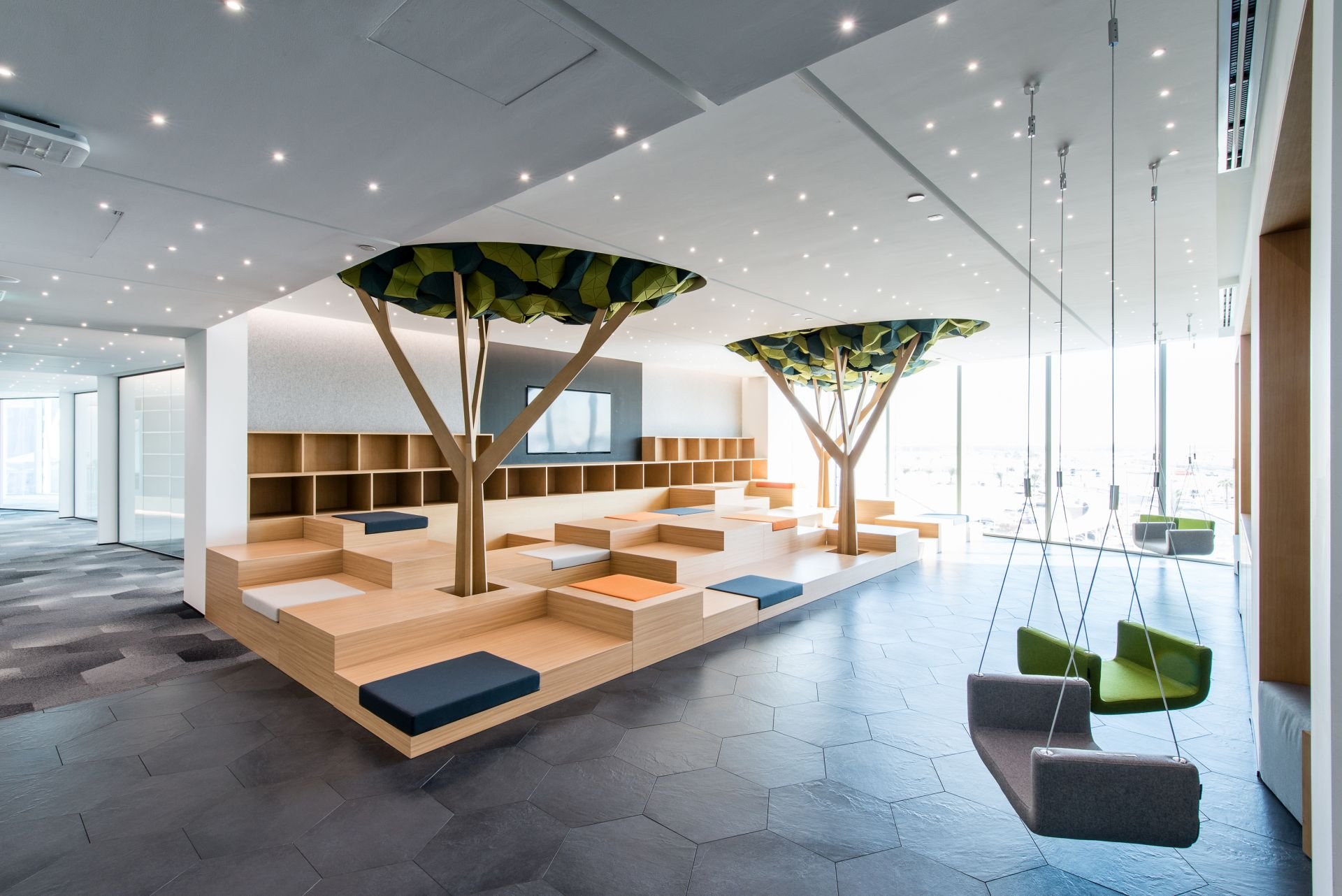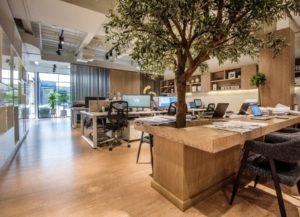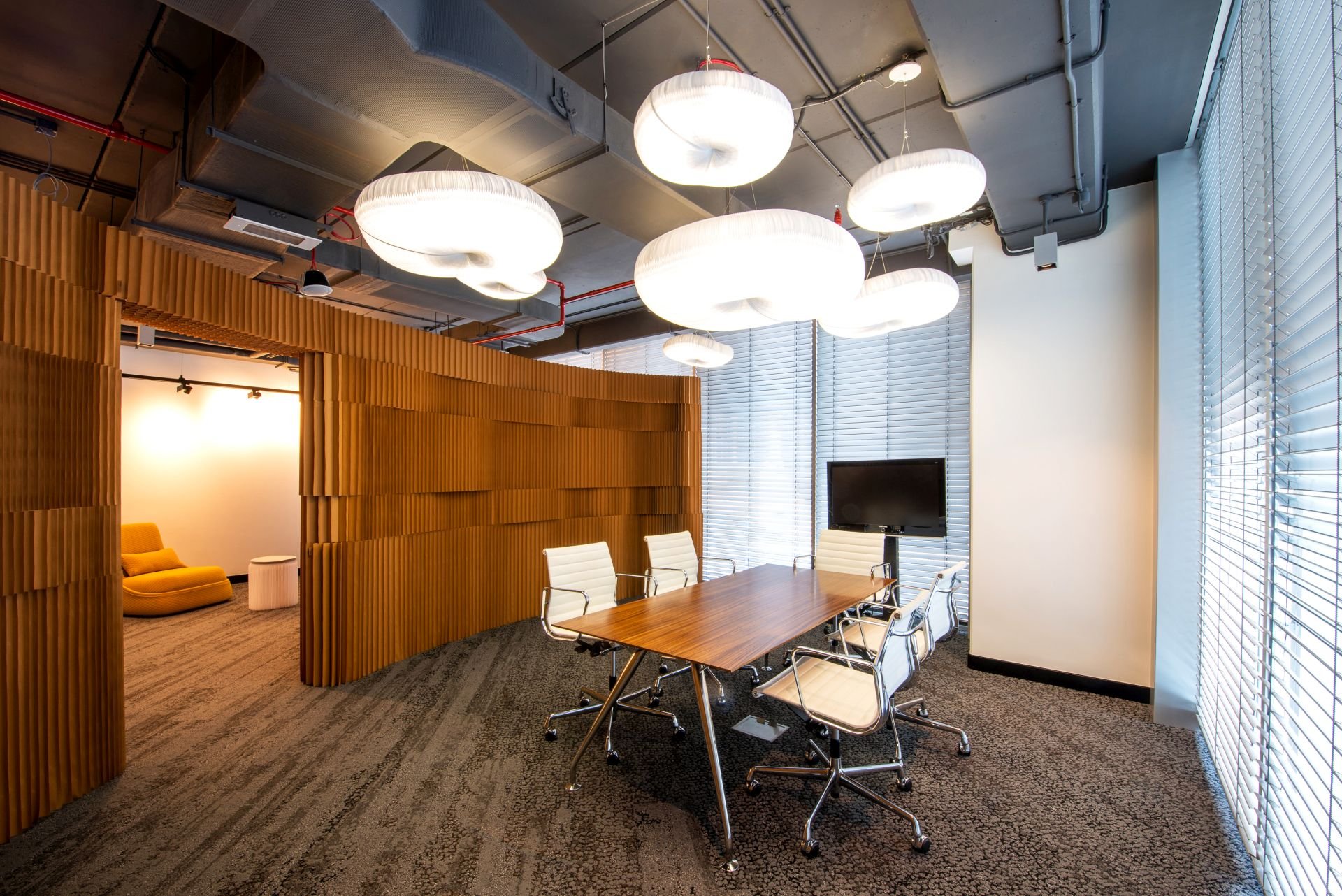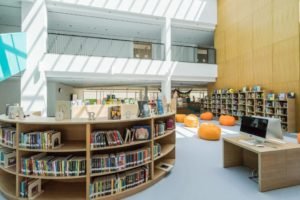We tend to take great design for granted. In the midst of our busy lives, we invariably fail to notice the subtle elements that help build the experiences responsible for our sense of comfort, productivity or wellness. As humans, we evaluate the value of things based on emotions and experiences. And it’s a lot easier to notice the obvious than to look for the subtle.
Behind every great design experience are hundreds of decisions that went right. Interior designers understand that every single detail matters including the textures, proximity, orientation, lighting, and so on. Let’s take a look at design details you probably didn’t notice.

